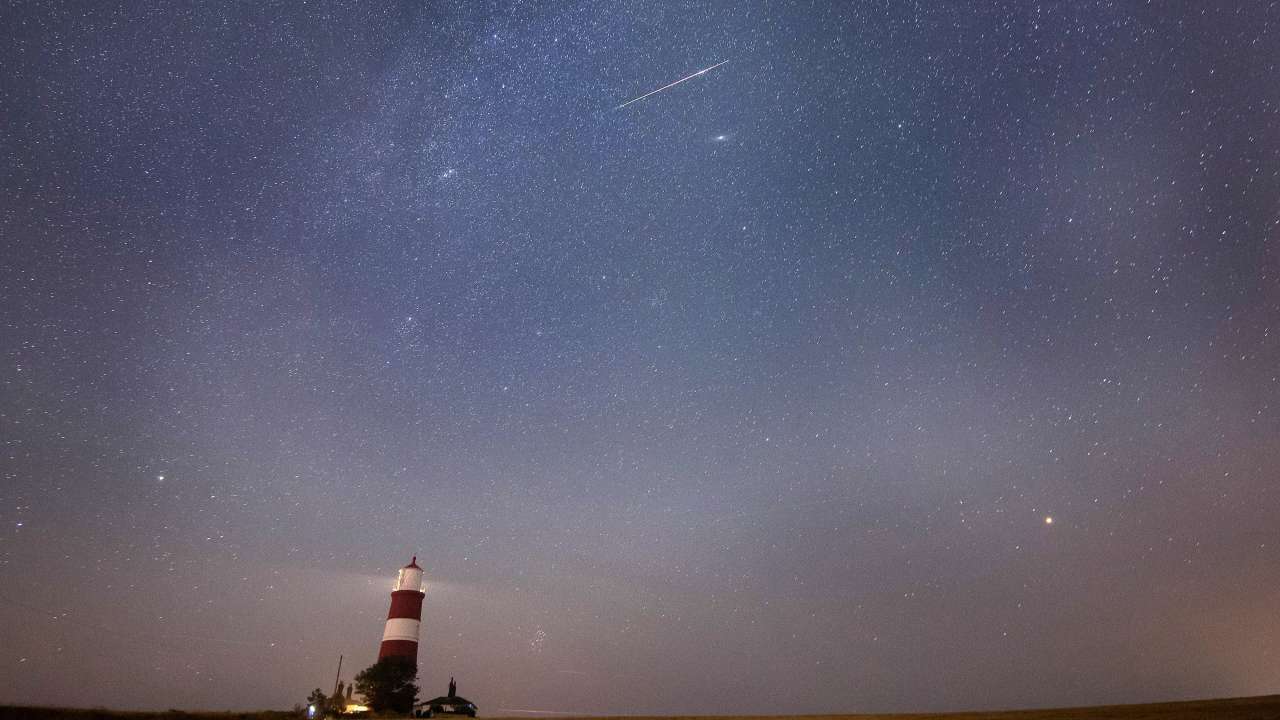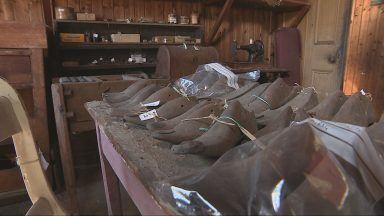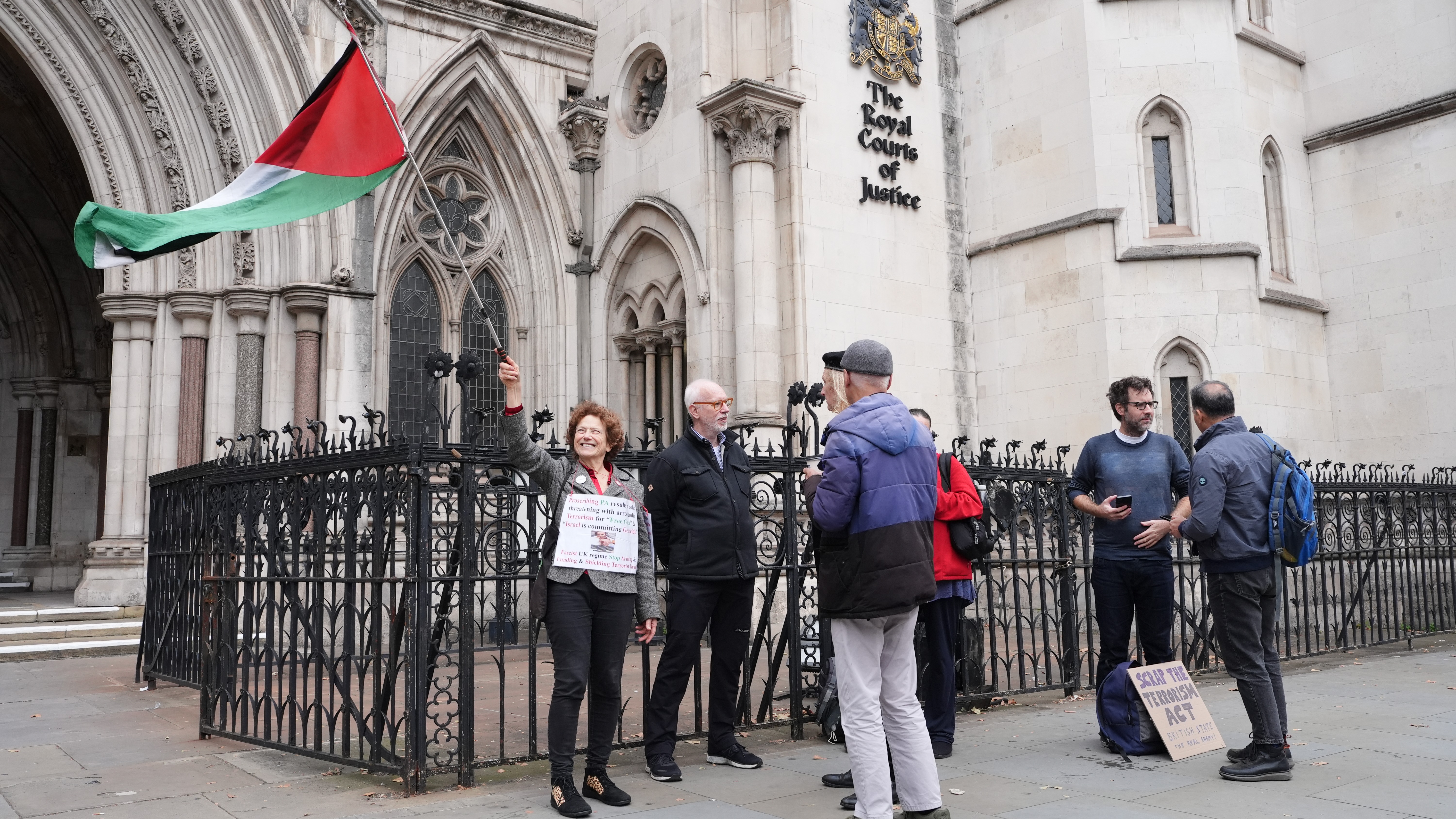A display of celestial fireworks is expected to light up the night skies as the Earth passes through a cloud of cometary dust, producing up to 100 meteors every hour.
If skies are clear, the Perseid meteor shower should be visible across the UK.
So when and where can you see the celestial display?
The Perseid meteor shower should be visible from around sunset on the night of August 12 until the early hours of August 13.
Although they peak on the night of August 12, Daniel Brown, associate professor in astronomy at Nottingham Trent University, said it is worth keeping an eye out for a secondary peak, should it occur.
Subscribe free to our weekly newsletter for exclusive and original coverage from ITV News. Direct to your inbox every Friday morning.
“The meteor shower slowly builds up from mid July to then reach its peak activity at 100 per hour on August 12. It then reduces until the mid-end of August.“
However, in reality, the activity can show more complex variation which means the peak might not be the only one.
“The years 2018 and 2020 had some increased activity a day or two after the main peak,” Professor Brown said.
“So in addition to meteor showers not being a one-evening thing – slowly increasing and then decreasing over days – we might see that the most active evening might be followed by another one a day or two later.”
How can you get the best view?
To make the most of the meteors, experts say observers should avoid well-lit and built-up areas and try to find unobstructed views.
Professor Brown said you should look for a place that is dark and away from direct light.
He said it will take viewers up to 30 minutes to adjust to the darkness.
“Bring along patience, and it is best to observe a big range of the sky as meteors will be visible all over.”
What is the Perseid meteor shower?
The event is associated with the dusty debris left by Comet Swift-Tuttle, which orbits the sun once every 133 years.
The meteoroids from the comet, mostly no bigger than a grain of sand, burn up as they hit the Earth’s atmosphere at 36 miles per second, to produce a shooting stream of light in the sky.
Peak temperatures can reach anywhere from 1,648C to 5,537C as they hit the atmosphere.
The meteors are called Perseids because they seem to dart out of the constellation Perseus.
Want a quick and expert briefing on the biggest news stories? Listen to our latest podcasts to find out What You Need To Know…
Follow STV News on WhatsApp
Scan the QR code on your mobile device for all the latest news from around the country


 ITV
ITV

























